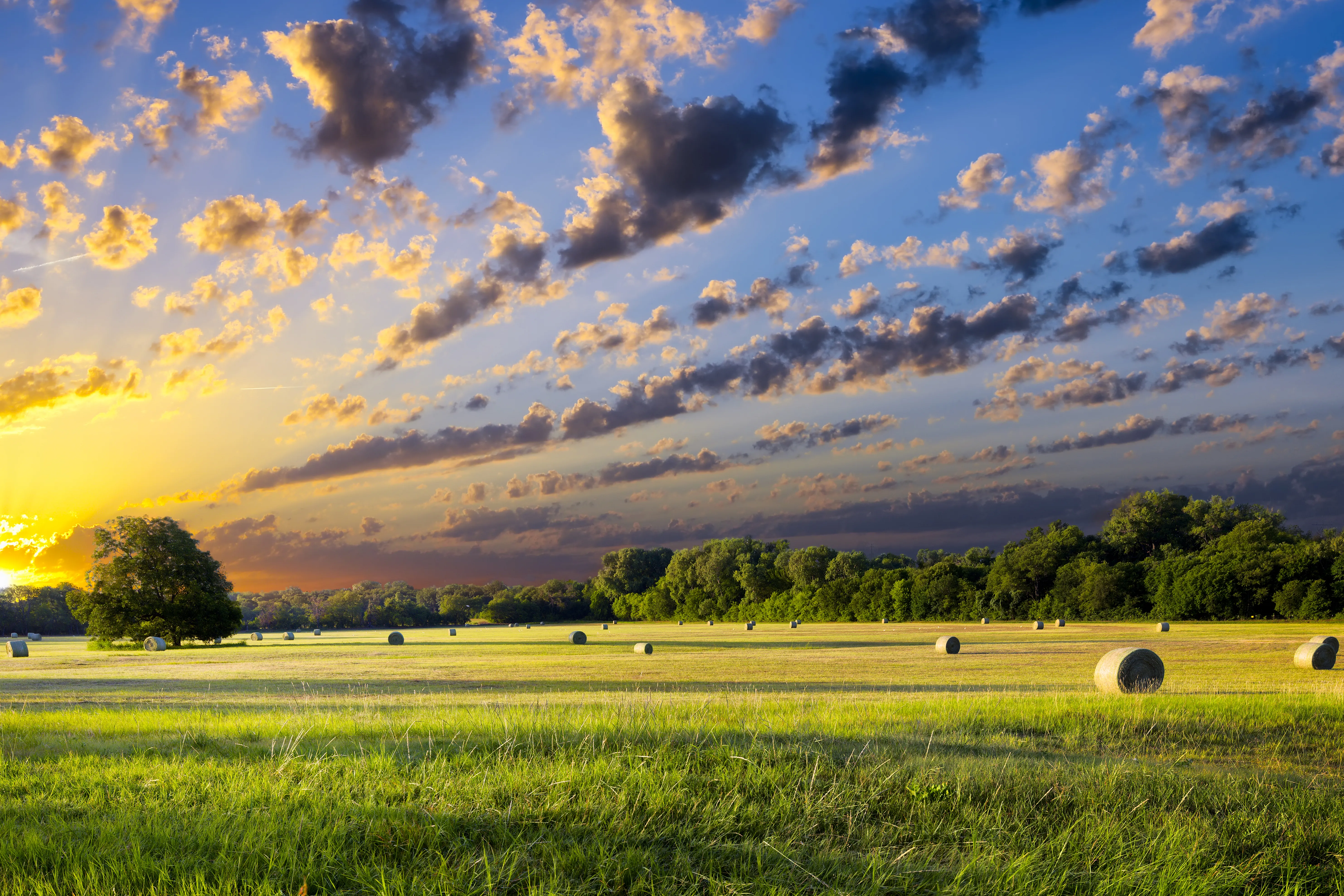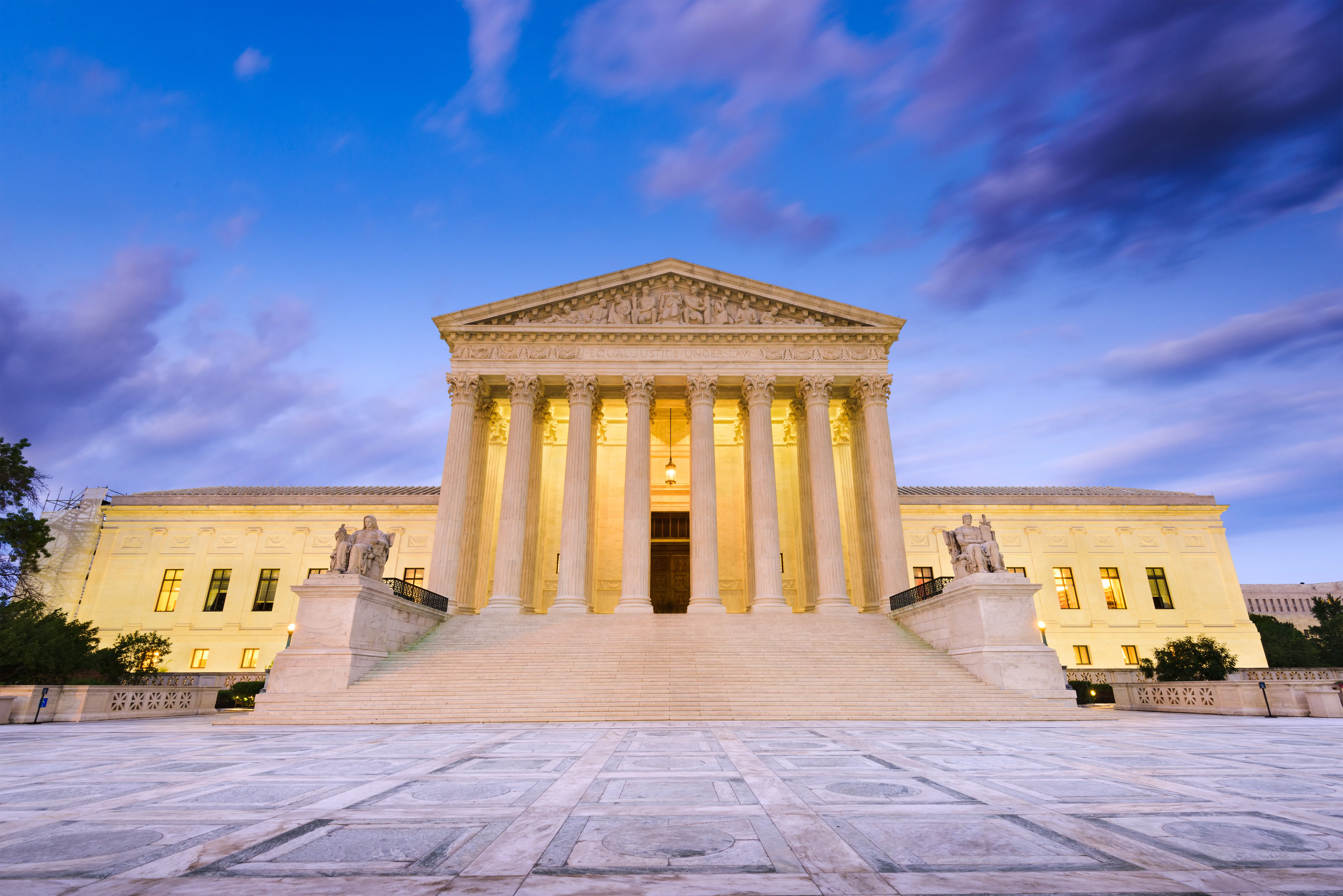
EarthTalk
© iStock
Dear EarthTalk: What are so-called “intentional communities”? And are there any in the U.S. that are sustainability-focused? -- Elissa McNeal, Washington, DC
By definition, an “intentional community” (IC) is a planned residential community built around commonly held values usually foster social cohesion and shared responsibilities and resources. Some such communities are centered around religion, but others primarily seek to live more lightly on the planet. Collectives, co-housing communities, ecovillages, monasteries, survivalist retreats, ashrams and yes, even communes, are all forms of ICs that still exist today in the U.S. and elsewhere.
“Humanity thrives when people work together,” says the Fellowship for Intentional Community (FIC), a Missouri-based non-profit that promotes the development of ICs and the evolution of cooperative culture in the U.S. and Canada. “An ‘Intentional Community’ shows what happens when people take this premise to the next level—by living together in a village of their own making which reflects their shared values.”
ICs that focus on sustainability as a key tenet are usually referred to as “eco-villages,” a term first coined by Robert Gilman in In Context Magazine in 1991. What sets an eco-village apart from any old IC, according to Gilman, is the focus on “human scale, healthy and sustainable development, full-featured settlement, and the harmless integration of human activities into the natural world." Gilman added that eco-villages shouldn’t take on more than 150 residents for a well-functioning social network.
These days, more than 140 different “eco-villages” are in operation across the U.S., according to the Scotland-based non-profit Global Ecovillage Network. Perhaps the granddaddy of modern day ICs is the EcoVillage at Ithaca (EVI) in Upstate New York. Founders took five years to build out the basics of their community before inviting residents to move in during 1996. Given the shared resources and focus on sustainability, an EVI resident’s ecological footprint is about half the U.S. average.
“Homes in the village are built for maximum energy efficiency,” says resident Clara Changxin Fang, who moved into EVI back in 2009. She adds that each of the community’s clustered duplex housing units is situated for maximum solar gain and feature super insulated walls and high-efficiency triple pane windows facing south to take advantage of natural light and heat. A shared hot water system is designed to service eight homes at once with minimal heat loss. Development is clustered to maximize open space.
EVI is hardly the only established sustainability-oriented IC in the U.S. Some others include Arizona’s Arcosanti, Oregon’s Lost Valley, Vermont’s Cobb Hill, Earthaven in North Carolina, Hawaii’s Hedonisia, Altair in Pennsylvania, Dancing Rabbit in Missouri, Wisconsin’s Dreamtime and Paz in Texas.
Meanwhile, for those looking to get in on the ground floor of sustainability-oriented communal living, many other new eco-villages are springing up coast-to-coast. Vermont’s Headwaters, Missouri’s Dogtown, Texas’ WildCraft. Michigan’s Earthen Heart and Kansas’ Creature Conduit Sanctuary are among dozens of new ICs rooted in sustainability that are actively seeking like-minded individuals to live together according to their values.
















